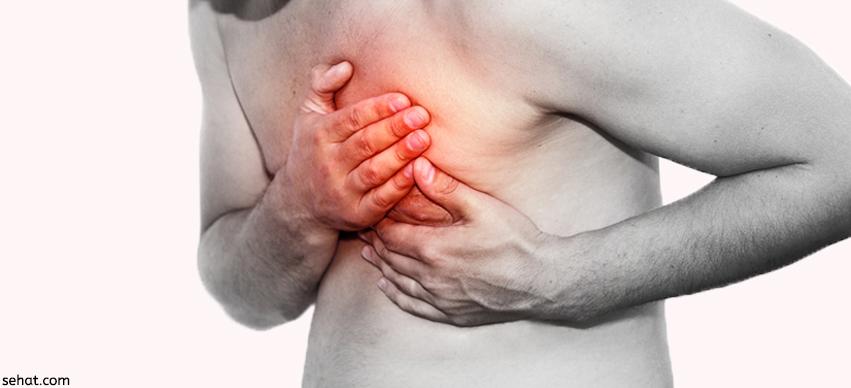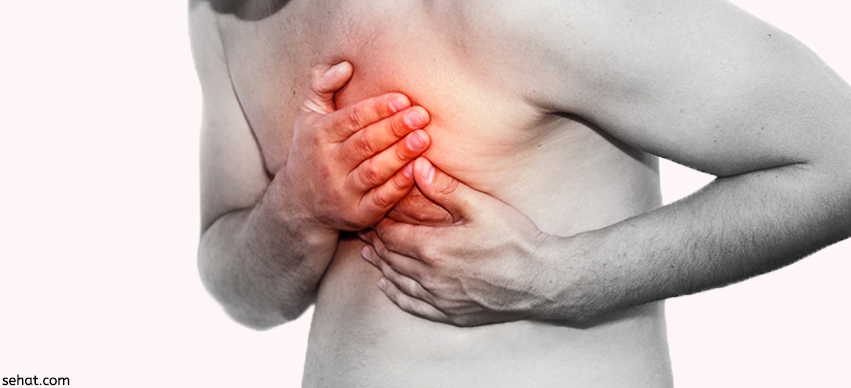
Stress, Lack of proper sleep, poor diet habits, smoking and obesity are few reasons for Heart attack. In a few cases, unavailability of a doctor or no proper diagnosis can spell danger. First Aid plays a major role in helping these victims. We provide you some information in recognizing the symptoms and helping a person who has an attack.
A Person With Heart Attack Might Experience The Following Symptoms:
- Pain in the center of the chest for more than 15 minutes.
- Pain behind the breast bone, often radiating towards the left arm.
- Pain in the upper abdomen
- Pain spreading beyond the chest to the shoulders, neck, jaw, teeth
- Shortness of breath
- Change in moods or unexplained anxiety
- Dizziness
- Sweating
- Weakness, fatigue.
Helping a Person Who Had An Attack
- Call an ambulance immediately and clearly provide the location. Don’t panic and make sure that the victim is not surrounded by onlookers.
- As the victim’s faces difficulty in breathing, loosen the clothing around the neck.
- Make sure the victim’s tongue doesn’t fall back and block the air passage.
- Ask the victim to chew or swallow an Aspirin. An aspirin can help break up the blood clot that is causing the heart attack.
- Nitroglycerin should be given only with doctor’s prescription. However, nitroglycerin of some other patient shouldn’t be given as it could cause more danger.
- First Aid has to be given only after noticing the victim’s breath and consciousness.
- If he/she is unconscious and breathing, his chest rises and falls. Place them in the recovery position till the ambulance arrives.
- If he/she is unconscious and not breathing, it might be a cardiac arrest where the heart has stopped beating effectively. CPR (cardiopulmonary resuscitation) and Artificial Respiration (Mouth to Mouth) should be given immediately.
Performing CPR (Cardiopulmonary Resuscitation)
- It is a process where the manual effort is made to maintain brain’s functionality to supply blood and a person’s breathe when he/she has a cardiac attack.
- Firmly, place one hand on the chest and the other on top of the first with fingers interlocked.
- Apply pressure on his/her chest vertically. Achieve a downwards movement of 4 to 5cm.
- Repeat the compression (of at least 100 per minute) after releasing the pressure on the chest. Contact between the hands and the body of the person should be maintained.
Giving Artificial Respiration
- Make the victim lie down and hold the nostrils with two fingers.
- Take a deep breath and seal your own mouth over the victim’s mouth and exhale air outwards into it.
- Check whether the chest of the patient rises.
Roll them gently onto their side into the recovery position once the breathing starts. This way mucus or vomit will not obstruct his/her breathing.
Someone once famously said that, Helping hands are better than praying Lips, a little knowledge can go a long way in helping the person with heart attack as well as their family.

